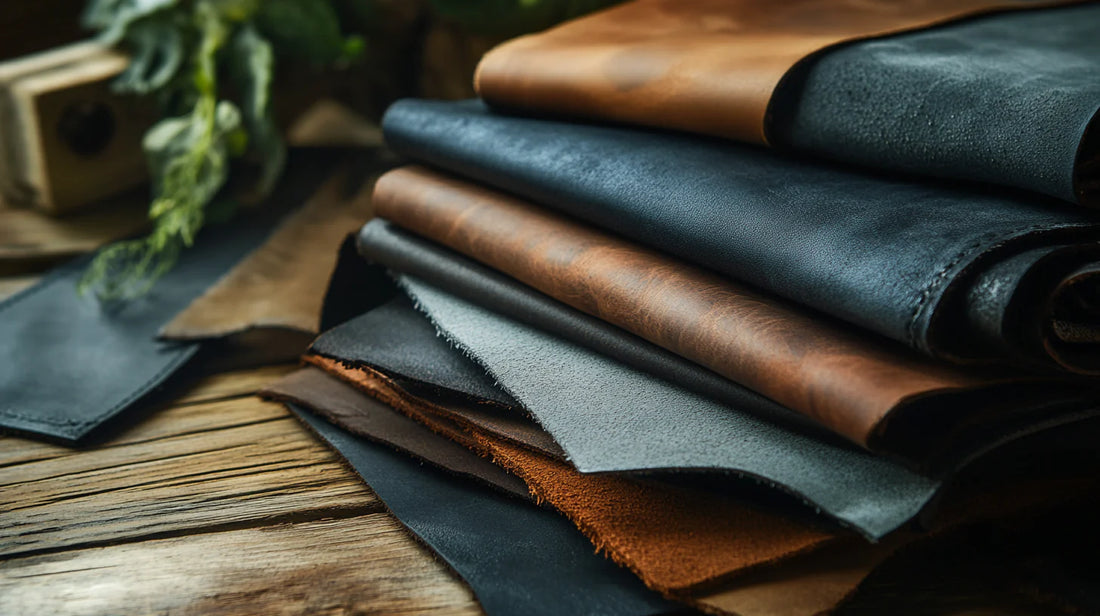The Growing Demand for Sustainable Polo Boots
As sustainability continues to influence the fashion and footwear industries, polo players and equestrian enthusiasts are also seeking eco-friendly alternatives in their gear. Polo boots, traditionally made from high-quality leather, are now evolving with innovative materials and ethical production methods that respect the environment without compromising durability or performance.
This shift is part of a larger movement toward sustainable fashion, with manufacturers focusing on eco-friendly leather tanning processes, recycled components, and natural materials that reduce environmental impact.
Sustainable Materials Used in Polo Boot Manufacturing
1. Eco-Friendly Leather Tanning Methods
Traditional leather tanning often involves harsh chemicals like chromium, which contribute to water pollution and environmental degradation. However, modern tanneries are adopting vegetable tanning and chrome-free tanning techniques to reduce their ecological footprint.
-
Vegetable Tanned Leather: This method uses natural tannins derived from tree bark, leaves, and fruits, making it biodegradable and chemical-free.
-
Chrome-Free Leather: Eliminates heavy metals from the tanning process, making the leather safer for both workers and the environment.
-
Recycled Leather: Some brands repurpose leather scraps and offcuts to minimize waste while maintaining the strength and quality of traditional leather.
2. Recycled and Sustainable Materials
Many manufacturers are integrating recycled rubber, organic cotton, and biodegradable synthetics into their boots. These materials help reduce landfill waste while offering durability and flexibility.
-
Recycled Rubber Soles: Many sustainable polo boots now feature soles made from recycled tires, reducing non-biodegradable waste.
-
Organic Cotton Linings: Unlike conventional cotton, organic cotton is grown without harmful pesticides, making it a more environmentally friendly choice.
-
Plant-Based Leather Alternatives: Materials like Piñatex (pineapple leather) and mushroom leather are gaining traction as ethical, sustainable alternatives to traditional animal leather.
3. Ethical Sourcing and Fair Trade Practices
Sustainability isn’t just about materials—it’s also about ethical sourcing and fair labor practices. Leading polo boot brands are now ensuring their materials come from responsibly managed farms and fair-trade-certified tanneries that prioritize worker safety, fair wages, and environmental conservation.
Innovations Driving Sustainability in Polo Boots
Water-Based Adhesives and Dyes
Many sustainable polo boots now use water-based adhesives and natural dyes instead of chemical-heavy alternatives. These choices minimize harmful emissions and prevent toxic waste from entering water systems.
3D Printing for Reduced Waste
Some brands are exploring 3D printing technology to create polo boots with minimal material waste, ensuring efficient production without excess scraps.
Biodegradable Packaging
In addition to eco-friendly manufacturing, many brands are adopting biodegradable or recyclable packaging to further reduce their carbon footprint.
Polo Boots vs. Riding Boots: Understanding the Differences
When discussing sustainable footwear for equestrian sports, it's important to distinguish between polo boots vs. riding boots. While both are designed for horseback riding, polo boots offer extra reinforcement, a higher shaft for shin protection, and a sturdier toe box to withstand the fast-paced nature of polo. Riding boots, on the other hand, prioritize comfort, flexibility, and grip for general equestrian activities.
With the rise of sustainability in both categories, manufacturers are now developing eco-friendly versions of both polo boots and riding boots using the materials and innovations mentioned earlier.
Choosing the Right Sustainable Polo Boots
If you’re looking for sustainable polo boots, here are a few key factors to consider:
-
Material Composition: Opt for vegetable-tanned leather, recycled rubber, or plant-based alternatives.
-
Brand Ethics: Research brands that prioritize ethical sourcing and fair-trade practices.
-
Durability: Ensure that the boots maintain strength, comfort, and performance without compromising sustainability.
-
Repairability: Some manufacturers offer repair services to extend the lifespan of your boots, reducing waste over time.
Polo Renoir: A Commitment to Sustainability
Polo Renoir is a pioneer in crafting high-quality, sustainable polo boots that balance traditional craftsmanship with modern eco-conscious practices. The brand prioritizes:
-
Eco-friendly leather tanning
-
Recycled and ethically sourced materials
-
Durable construction for long-lasting wear
-
Fair-trade-certified production processes
By investing in Polo Renoir boots, players can enjoy premium quality gear while contributing to a more sustainable future for the sport.
Conclusion: Step into Sustainability
The equestrian world is embracing sustainability, and polo boots are at the forefront of this transformation. With eco-friendly materials, ethical production, and innovative manufacturing techniques, brands are proving that performance and sustainability can go hand in hand.
Looking for sustainable polo boots that deliver both style and durability? Check out Polo Renoir’s collection for the best in eco-friendly polo gear.



